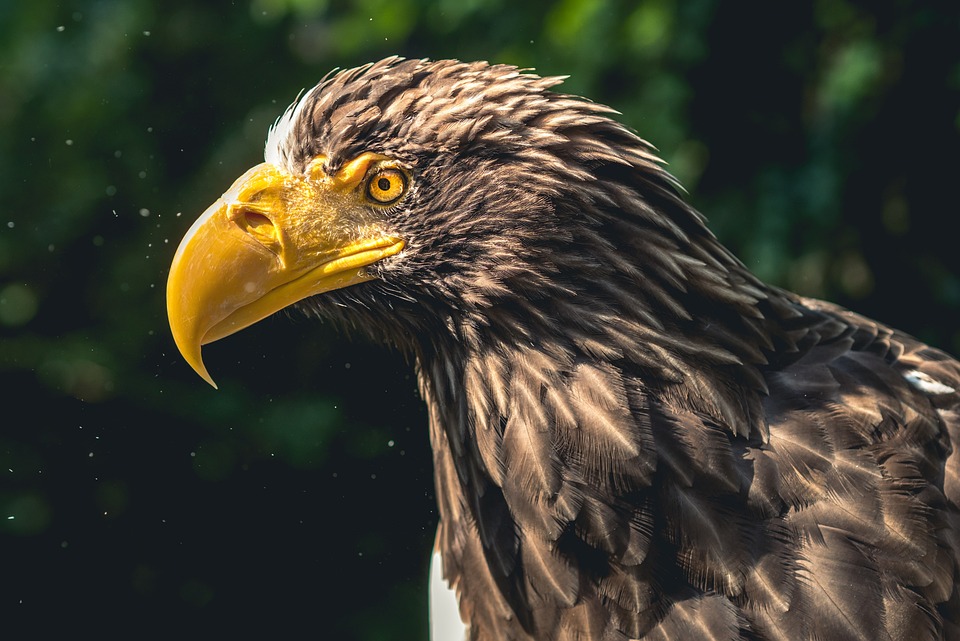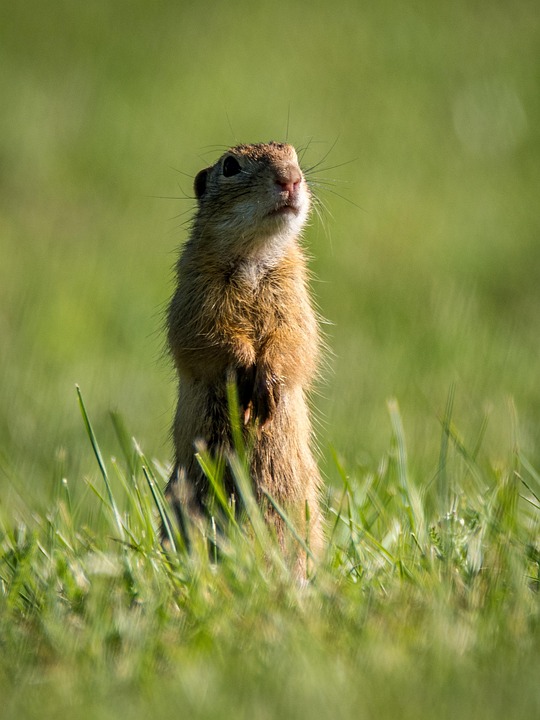Camera traps have revolutionized the way we study wildlife, allowing us to get a glimpse into the secretive natural world without disturbing the animals. These remote cameras are strategically placed in the wild, capturing images and videos of animals in their natural habitat. Not only do camera traps provide valuable insights into the behavior and ecology of different species, but they also serve as an important conservation tool, helping researchers monitor and protect vulnerable wildlife populations.
This week, we are shining a spotlight on the jaguarundi, a small wild cat that roams the forests of the Americas. The jaguarundi, scientifically known as Herpailurus yagouaroundi, is a fascinating species with unique characteristics that set it apart from other neotropical cats. These elusive cats can be found in a variety of habitats, including forests at elevations of up to 2000 meters. Despite their small size, jaguarundis are skilled climbers, although they primarily hunt on the ground.
One of the most interesting aspects of jaguarundis is their diet. These cats prefer prey that is less than 1 kg in weight, with rodents being their main source of food. Interestingly, jaguarundis share their habitat with another wild cat, the ocelot, which also preys on small mammals. To avoid competition for food, jaguarundis have adapted their hunting behavior to primarily occur during the daytime and evening hours, while ocelots are more active at night. This unique partitioning of resources allows both species to coexist in the same environment without direct competition.
Unlike other neotropical cats that have distinctive spots, jaguarundis have a uniform coloration that can vary between two distinct morphs: red-brown and grey. For many years, scientists believed that these two color variations represented separate species, but it is now known that both morphs can occur within the same litter. This color variation adds to the mystique of the jaguarundi and makes them even more intriguing to study and observe in the wild.
Thanks to the efforts of organizations like WWF-Peru and the San Miguelito Jaguar Conservation Ranch, we are able to catch a glimpse of these elusive cats through camera trap footage. The footage captured in Peru and Bolivia provides valuable insights into the behavior and ecology of jaguarundis, helping researchers better understand and protect these unique wild cats.
In conclusion, camera traps play a crucial role in conservation efforts by allowing us to study and monitor wildlife in their natural habitat. The footage captured by these remote cameras provides valuable data that can inform conservation strategies and help protect vulnerable species like the jaguarundi. By learning more about these elusive cats and their behavior, we can work towards ensuring their survival for future generations to enjoy.





